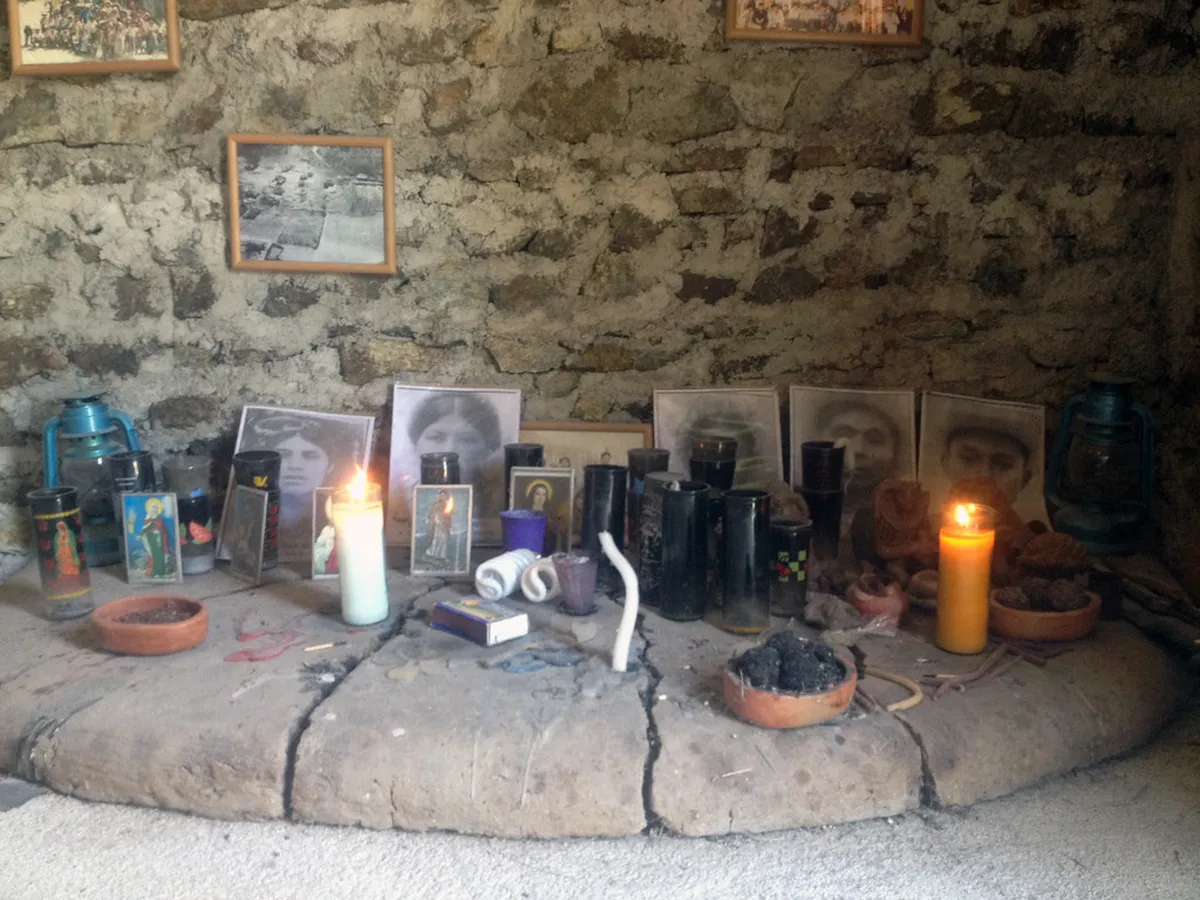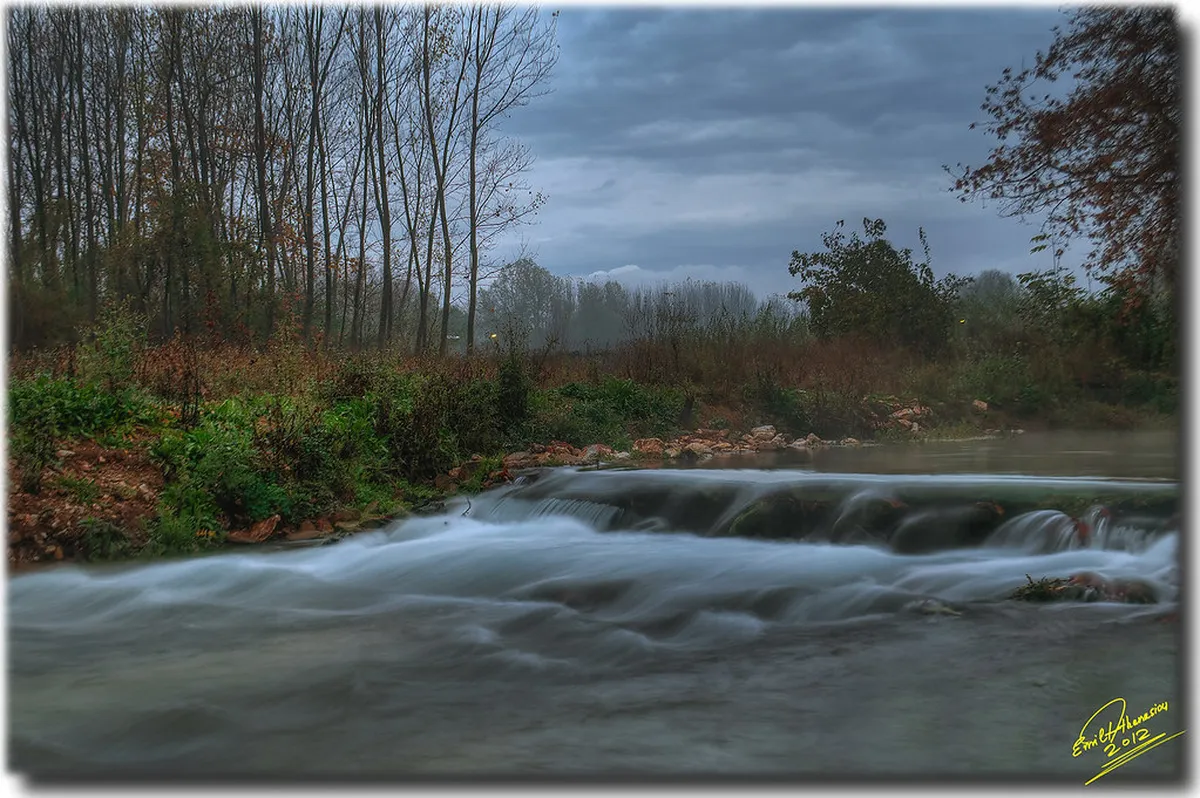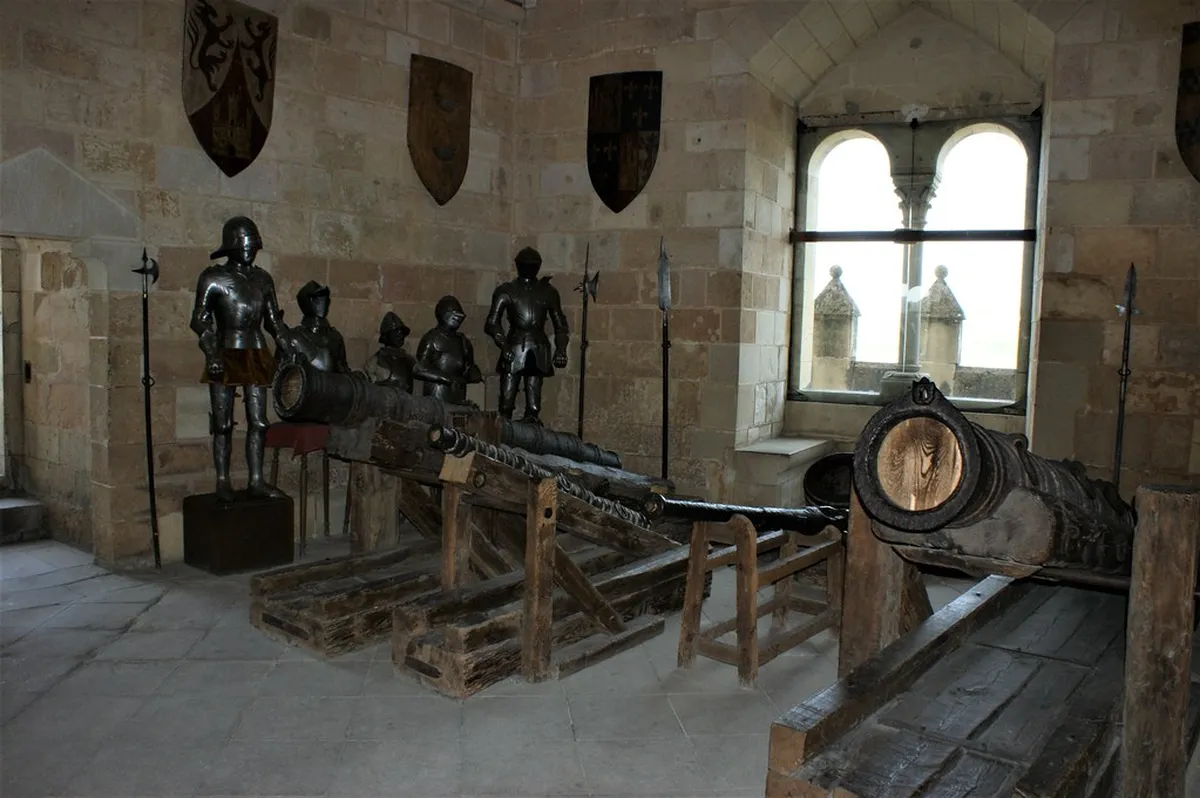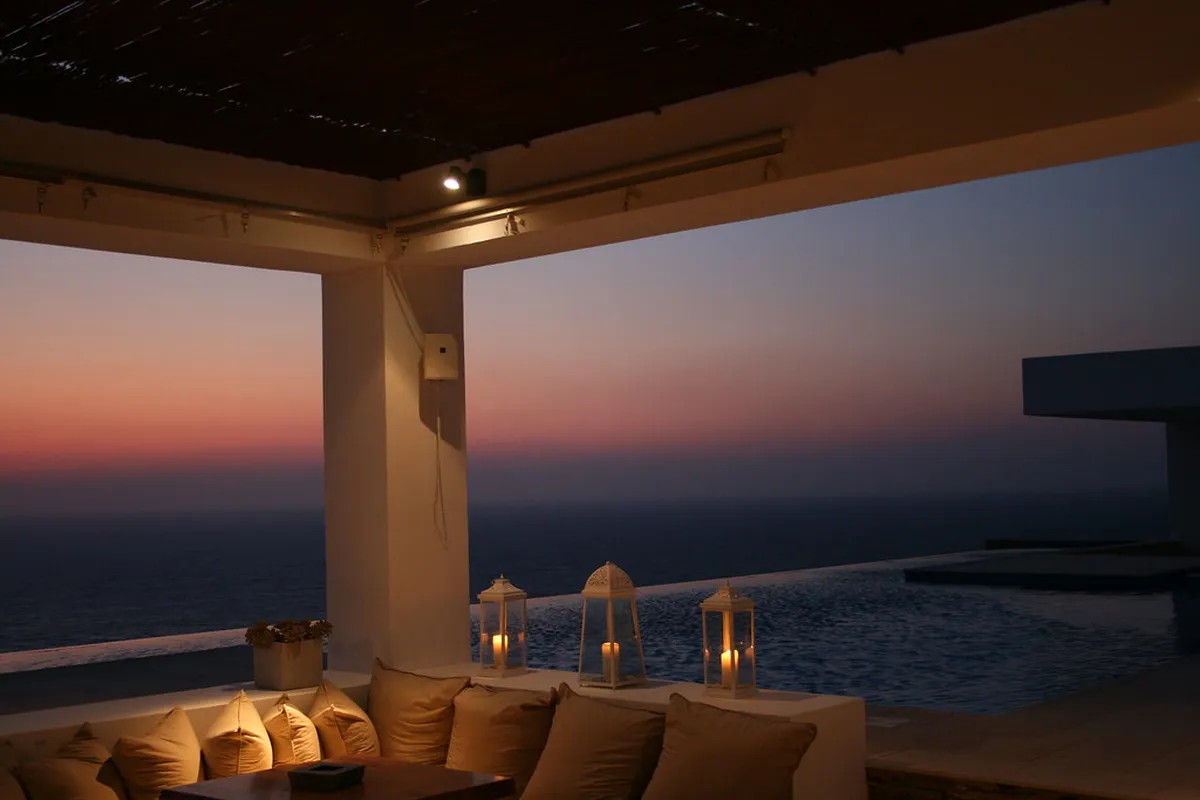Discover Tavira's Rich Past: Essential Historical Sites for 2025
Tavira, a charming city in Portugal's Algarve, boasts a rich and layered past. Its cobbled streets whisper tales of centuries gone by. Exploring Tavira historical sites reveals diverse cultural influences. You'll find Roman, Moorish, and Christian heritage here in 2025.
Prepare for an unforgettable journey into history. This guide highlights Tavira's most significant historical spots. Start planning your Tavira itinerary for an amazing trip. Discover other things to do in Tavira during your visit.
Roman Bridge and the Heart of the Old Town
Plan this trip faster with our free online itinerary maker. Get a personalized day-by-day plan in minutes.
The Ponte Romana, or Roman Bridge, stands as an iconic symbol. It gracefully spans the Gilão River in Tavira's charming center. Though rebuilt many times throughout history, its ancient foundations remain. Many locals believe its true origins trace back to Roman times. It connects both sides of the beautiful old town. This makes it central to any Tavira walking tour.
This picturesque pedestrian-only bridge offers stunning river views. Look for colorful fishing boats gently bobbing along the riverbanks. Quaint cafes and inviting restaurants line the water's edge. It's truly a perfect spot for capturing memorable photographs. Enjoy a leisurely stroll across this historically rich landmark.
Wander through the narrow, winding streets that fan out from the bridge. You'll encounter traditional whitewashed houses with distinctive details. Discover hidden courtyards bursting with vibrant flowers. Fragrant orange trees add to the delightful ambiance. Many buildings retain their original charm from centuries past. This area truly captures Tavira's historical essence. It is a vital part of the city's unique character.
The bustling Praca da República sits very close to the bridge. This vibrant square serves as a central social hub. Enjoy lively street performers and local events here. It's a fantastic place to simply people-watch. The square also hosts various cultural activities. Consider staying near this vibrant area; finding accommodations in Tavira is convenient and offers great access.
Tavira's old town radiates a timeless atmosphere. It invites visitors to slow down and explore. Every corner seems to hold a piece of history. The blend of past and present is captivating. This area is essential for experiencing Tavira historical sites in 2025. It offers a genuine taste of Portuguese heritage.
Tavira Castle and its Panoramic Views
The ancient Tavira Castle majestically dominates the city's skyline. This significant site offers a fascinating glimpse into a layered past. Its origins primarily date back to Moorish occupation. The formidable castle once stood as a key defensive stronghold. It protected Tavira and its people for many centuries against invaders.
Today, visitors can freely explore the castle ruins. Walk along the well-preserved remaining walls. Climb the watchtower for incredible panoramic vistas. The breathtaking views stretch across Tavira's charming terracotta rooftops. You can easily see the meandering Gilão River and the surrounding salt pans. Even the distant glimmer of the Atlantic Ocean is often visible.
Inside the castle walls, a charming botanical garden thrives. It features various exotic plants and colorful flowers. This tranquil green space provides a peaceful escape from the bustling city. Entry to both the castle and its beautiful garden is generally free. It's one of the most accessible and rewarding historical attractions in Tavira.
The castle site also reveals compelling evidence of earlier settlements. Archeological findings strongly point to ancient Roman foundations. It truly is a deeply layered historical landmark. Allow approximately an hour for your enjoyable visit. The castle typically opens from 10 AM to 5 PM daily. Always check current 2025 opening times locally for any changes.
Strategically positioned on a prominent hill, the castle offers unparalleled views. It majestically overlooks the entire city below. Imagine ancient soldiers once guarding these very walls with vigilance. Its historical significance to Tavira is immense. Plan to include this impressive castle on your Tavira itinerary for a truly enriching experience.
The Many Churches of Tavira: Sacred History
Tavira is affectionately known as the "City of Churches." It proudly boasts more than 30 beautiful religious buildings. These numerous churches reflect various architectural styles. They collectively tell a fascinating story of faith and artistic changes. Exploring them offers deep and invaluable historical insights.
The Igreja de Santa Maria do Castelo is highly significant. It was famously built on the exact site of an old mosque. This venerable church houses the tombs of seven Christian knights. They bravely died during the reconquest of Tavira in 1242. Its elaborate Gothic portal is particularly striking and beautiful. Visit this incredibly important historical site for free.
The Igreja da Misericórdia features stunning Renaissance art. Its intricately carved doorway is a true architectural masterpiece. Inside, admire the detailed azulejos, or traditional Portuguese tiles. These beautiful blue and white tiles vividly depict biblical scenes. The church typically charges a small entry fee of about €2.00. This nominal fee helps with its ongoing preservation.
Another must-see is the impressive Igreja de São Paulo. It magnificently showcases beautiful Baroque architecture. The sumptuously gilded altars are truly impressive here. Consider joining a comprehensive walking tour to learn even more. Expert guides share fascinating stories about each church's unique history.
Many of Tavira's churches offer incredible views from their bell towers. Always check specific opening hours before visiting, especially in 2025. Some smaller chapels might have limited public access. Respect local customs and dress appropriately when entering. These sacred sites form a crucial part of Tavira's best things to do. They offer a window into religious and cultural history.
Tavira's Moorish and Jewish Legacy
Tavira's past extends significantly beyond its Christian heritage. The city truly thrived under Moorish rule for centuries. From the 8th to the 13th century, it was a very significant port. Moorish influence deeply shaped its architecture and culture. You can still visibly see these fascinating traces today.
The unique layout of the old town clearly shows Moorish urban planning. Narrow, winding streets are a very typical feature. Many current buildings stand directly on older Moorish foundations. Even the ingenious irrigation systems around Tavira have distinct Moorish origins. This profound legacy is deeply embedded in the land and its people.
Look for subtle historical clues as you carefully explore. Some prominent churches were built upon former mosques. The castle walls retain important elements from this period. These fascinating layers of history offer a truly unique perspective. It makes Tavira historical sites exceptionally captivating. You can enjoy delicious local food with Moorish roots; learn about Tavira's cuisine and its influences.
Tavira also had a notable and thriving Jewish community. They contributed greatly to the city's economic prosperity. This vibrant community flourished particularly during the medieval period. Historical records indicate a Jewish quarter once existed. Its exact location remains debated by current historians. Research continues to diligently uncover more historical details.
The city's cultural melting pot is truly remarkable. These diverse historical influences created modern Tavira. Understanding this rich past enhances your visit. It adds profound depth to every sight you encounter. Learn more about Tavira first-timer tips for exploring its incredibly rich history.
Beyond the City Center: Historical Gems Nearby
Tavira offers many captivating historical sites within its core. However, equally fascinating discoveries await just nearby. Consider exploring beyond the immediate city center. Several historical gems are easily accessible by car or local transport. These sites provide a broader view of the entire region's past.
The ancient Roman ruins of Balsa are just a short drive away. Balsa was once a very significant Roman city in the Algarve. Recent excavations reveal parts of impressive villas and public buildings. This active archeological site provides a vivid look into Roman life. It is still an ongoing dig site in 2025. Entry costs vary; check local notices for updated information.
Another profoundly important site is the Ribat of Arraial Ferreira Neto. This intriguing Islamic fortress dates back to the 10th century. It primarily served as a crucial religious and military outpost. The evocative ruins are located near the mouth of the Gilão River. It's a powerful reminder of Tavira's strategic coastal importance. Discover more unique spots on Tavira day trips.
The charming fishing village of Santa Luzia is also quite close by. It is famously known as the "octopus capital" of the Algarve. While not strictly historical ruins, it exudes an old-world charm. Its traditions and maritime history run incredibly deep. Enjoy a delicious seafood meal here after exploring nearby sites.
For those interested in rural history, visit the ancient salt pans. These traditional salt production methods date back centuries. They significantly shaped the local economy and culture. Witnessing the salt harvesting is like stepping back in time. Consider renting a car to visit these widespread sites. Learn how to get around Tavira and its surroundings effectively.
Frequently Asked Questions
What is the oldest historical site in Tavira?
The Roman Bridge's foundations represent one of Tavira's oldest sites. Archeological evidence suggests Roman presence dates back millennia. The castle hill also holds ancient Roman and even Phoenician remnants. These layers of history show continuous settlement. Discover more about Tavira's ancient past on a guided tour.
Are there any entry fees for Tavira historical sites?
Many prominent historical sites in Tavira offer free entry. This includes the Tavira Castle and the Roman Bridge. Most of the city's beautiful churches are also free to enter. Some smaller museums or specific church exhibits might charge a nominal fee. Always check for current 2025 pricing before your visit.
How much time should I dedicate to exploring Tavira's history?
A full day allows you to explore the main Tavira historical sites. This includes the castle, bridge, and several key churches. For a deeper dive, consider a two to three-day visit. This lets you explore nearby Roman ruins or the Ribat. Plan your Tavira itinerary for a complete historical experience.
Can I explore Tavira historical sites on a budget?
Yes, exploring Tavira's historical sites can be very budget-friendly. Many major attractions are free to access. Enjoy walking tours instead of paid transport. Pack a picnic to save on lunch costs. Learn more about Tavira budget travel tips.
Tavira's historical sites offer a truly captivating journey. From ancient Roman foundations to profound Moorish influences, its past is incredibly rich. Explore majestic castles, iconic bridges, and beautiful churches. Each landmark tells a unique story of centuries gone by.
Plan your visit to this incredible city in 2025. You'll uncover Portugal's fascinating heritage. Make your trip memorable with Tavira first-timer tips. Discover more about the best time to visit Tavira. Start planning your unforgettable adventure today.
Key Takeaways
- Explore the Roman Bridge and Tavira Castle for iconic views.
- Visit Tavira's numerous churches to appreciate diverse architecture.
- Seek out subtle signs of Moorish and Jewish heritage throughout the city.
- Extend your exploration to nearby historical sites like Balsa ruins.



